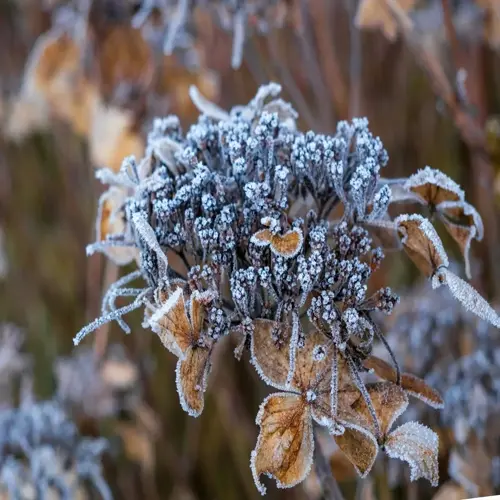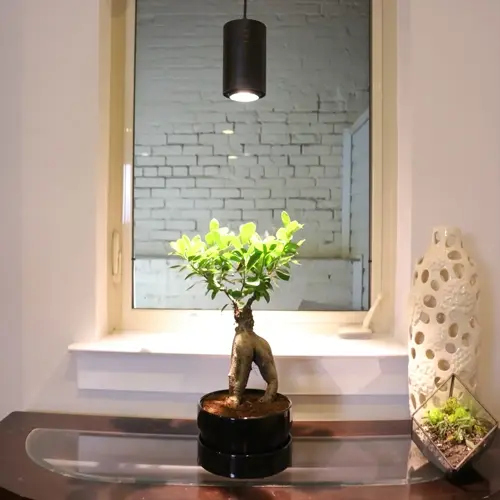Do plants require complete darkness at night?

Written by
Olivia Mitchell
Reviewed by
Prof. Samuel Fitzgerald, Ph.D.Total darkness is essential for healthy plant growth during respiration. Plants break down stored sugars into energy for growth and damage repair in the dark. Continuous light cycles defeat natural circadian rhythms and impose additional metabolic stress. Most species require 6-8 hours of total darkness each night.
Respiration Processes
- Conversion of sugars to ATP energy during dark hours
- Translocation of nutrients to roots and new growth
- Hormonal regulation of growth cycles
- Repair of cellular damage from daily light exposure
Photoperiod Responses
- Flowering triggers in short-day plants like poinsettias
- Tuber formation in potatoes under specific dark periods
- Seasonal growth pattern synchronization
- Dormancy preparation in deciduous species
Establish appropriate darkness periods employing timers that you can program. Develop uniform schedules and align with authentic day-night cycles. Locate lights out of bedrooms; that way, there is no accidental nighttime exposure. Consider blackout curtains in areas where streetlights can interfere with sleep. Observe your plant for any signs of a dark period interruption.
Be aware of the signs of insufficient exposure to darkness. Look for signs of leaf yellowing between veins, which is an indication of failure to respire. Be mindful that slower growth rates may occur despite adequate hours of lighting. Be aware of the potential for failure to flower in seasonal bloomers. Be aware of weak stem development because of diverted energy.
Some plants have special considerations for managing darkness. To induce a short photoperiod, covering short-day plants (like chrysanthemums) for 14 hours per night is beneficial. When in the dark, orchids require slightly cooler temperatures. Avoid light pollution on light-sensitive plants. Plants will respond with more vibrant growth when receiving proper dark periods.
Read the full article: Indoor Plant Lighting Essentials Explained

